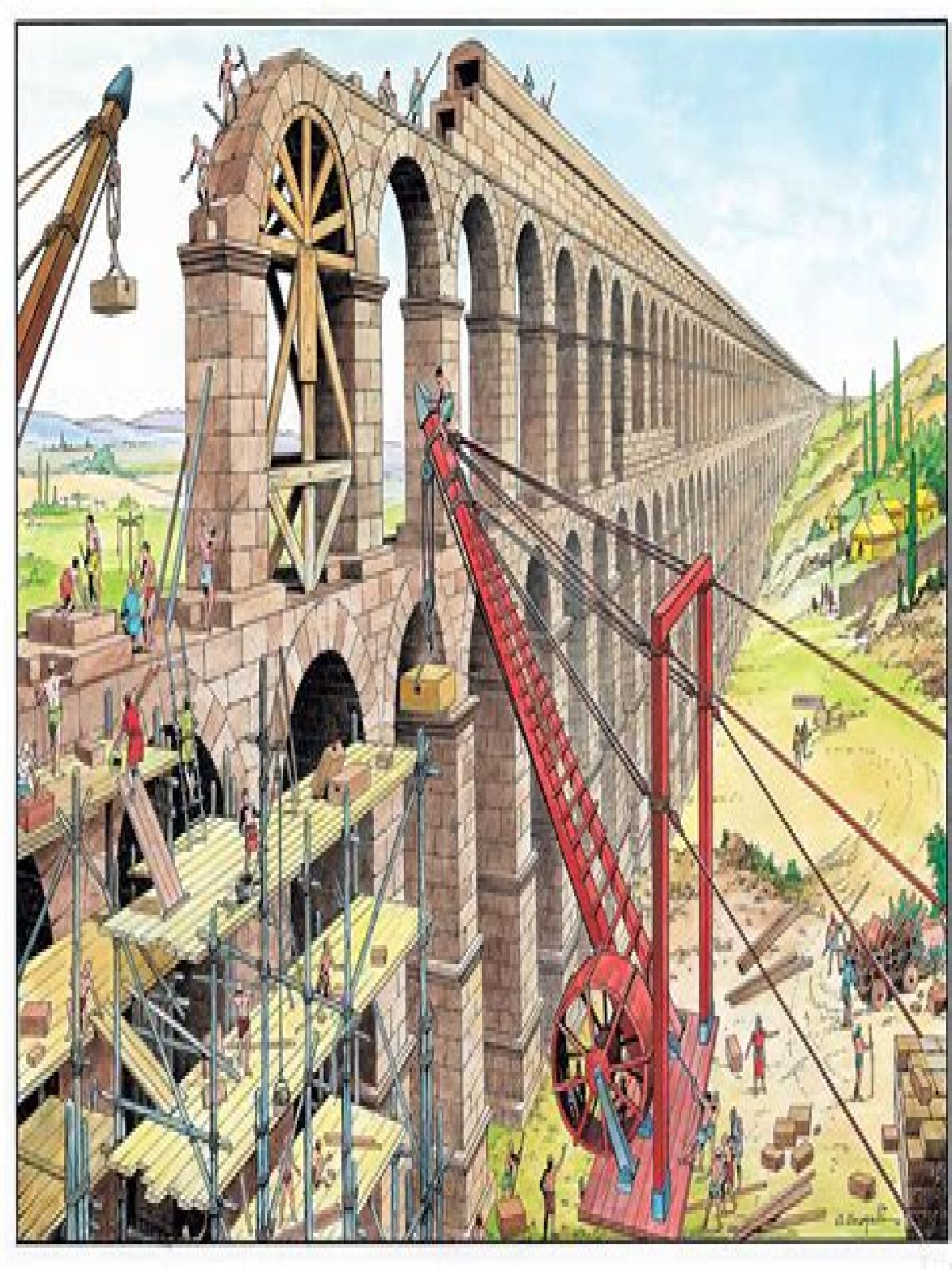Table of Contents
- How were ancient arch bridges built?
- How were Roman arches built?
- How did they build stone arch bridges?
- How did Romans build bridges over rivers?
- The Impressive Engineering of the Roman Arch
- How do stone arches stay up?
- How are the arches constructed?
- How did the Roman architects construct the arches and domes?
- How do Roman arches work?
- What tool did the Romans invent to help them build the arch?
- How do you build a arch bridge?
- What makes arch bridges so sturdy?
- How did the Romans perfected the arch?
- Did Romans use concrete?
- How were arches so much stronger than other designs?
- Why was Roman architecture so advanced?
- How does an arch support itself?
- How much weight can an arch support?
- Are arches load bearing?
- What keeps an arch bridge from falling down?
- How long does it take to make an arch bridge?
- Did the Romans invent arches?
- Who built the first arch?
- Why was the arch bridge built?
- What is the weight of an arch bridge?
How were ancient arch bridges built?
Wooden cantilever bridges were popular in Asia. The basic design used piles driven into the riverbed and old boats filled with stones sunk between them to make cofferdam-like foundations.How were Roman arches built?
The ancient Romans created an arch that could support huge amounts of weight. How did the Romans accomplish this? The answer lies with a material called concrete. Using a mixture that included lime and volcanic sand, the Romans created a very strong and durable type of concrete.How did they build stone arch bridges?
To build the arches, wooden falseworks were erected and precisely cut sandstone or granite blocks were placed over this falsework. Once the keystone was in place, the falsework was removed and the arch stood held together by its own weight.How did Romans build bridges over rivers?
The first stone bridges used stone blocks held together with iron clamps. By the mid-2nd century BCE, Romans made extensive use of concrete: bridges were often constructed with a concrete core and a stone-block facing. The use of concrete significantly increased the bridges' strength and durability.The Impressive Engineering of the Roman Arch
How do stone arches stay up?
Hence, the arch stands because all the stones are busily pushing together. As each individual stone acts as a wedge, gravity pulling down on the mass collectively in effect forces the stones tightly together.How are the arches constructed?
Arch construction depends essentially on the wedge. If a series of wedge-shaped blocks—i.e., ones in which the upper edge is wider than the lower edge—are set flank to flank in the manner shown in the figure, the result is an arch.How did the Roman architects construct the arches and domes?
Along with vaults, they gradually replaced the traditional post and lintel construction which makes use of the column and architrave. The construction of domes was greatly facilitated by the invention of concrete, a process which has been termed the Roman architectural revolution.How do Roman arches work?
An arch compresses the stress from weight downwards and outwards, creating a stronger structure that can have wide open spaces. The center stone at the top of the arch is called the keystone, and it is the piece that locks the arch in its shape and forces the compression of stress.What tool did the Romans invent to help them build the arch?
What tool did the Romans invent to help them build the arch? Keystone. The material that holds the bricks of an arch together is called...How do you build a arch bridge?
- Step 1: Understand the Science. Stone bridges all have arches supporting them. ...
- Step 2: Plan Your Bridge. ...
- Step 3: Pour a Concrete Footing. ...
- Step 4: Build Your Wooden Support Frame. ...
- Step 5: Cut Your Stones. ...
- Step 6: Place Arch Support Stones. ...
- Step 7: Reinforce Arch With Concrete (Optional) ...
- Step 8: Build Side Walls.
